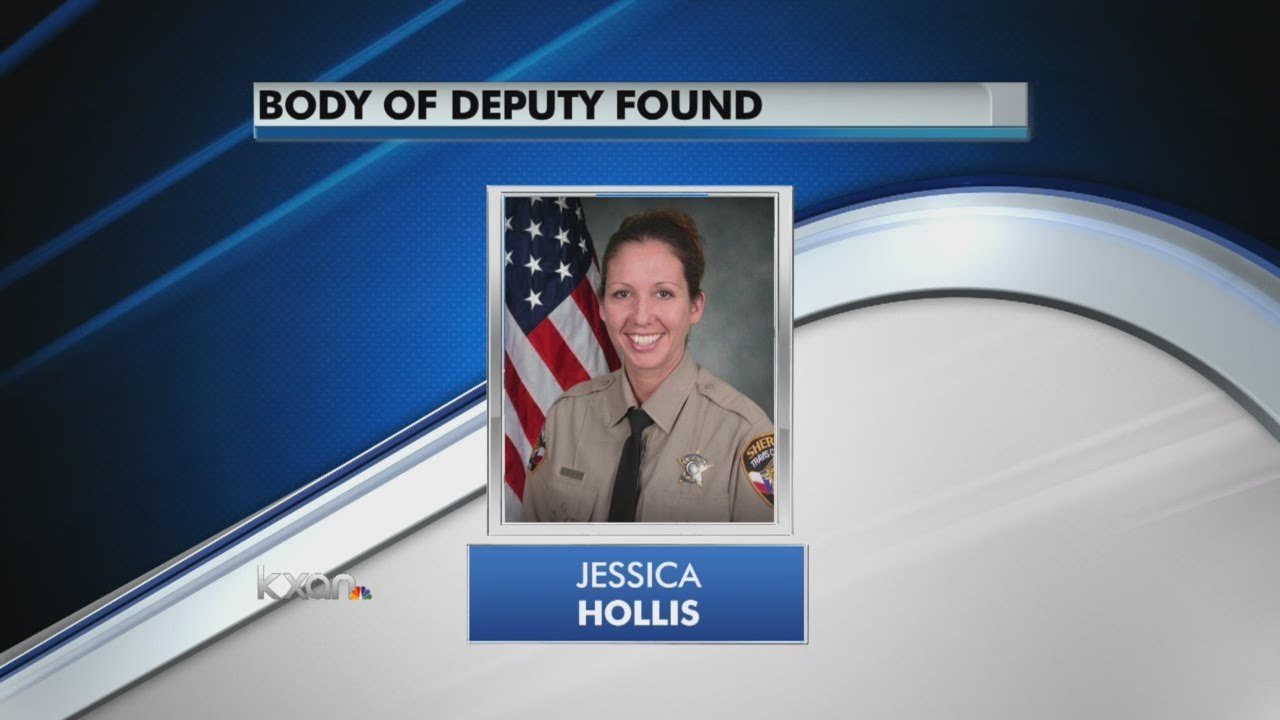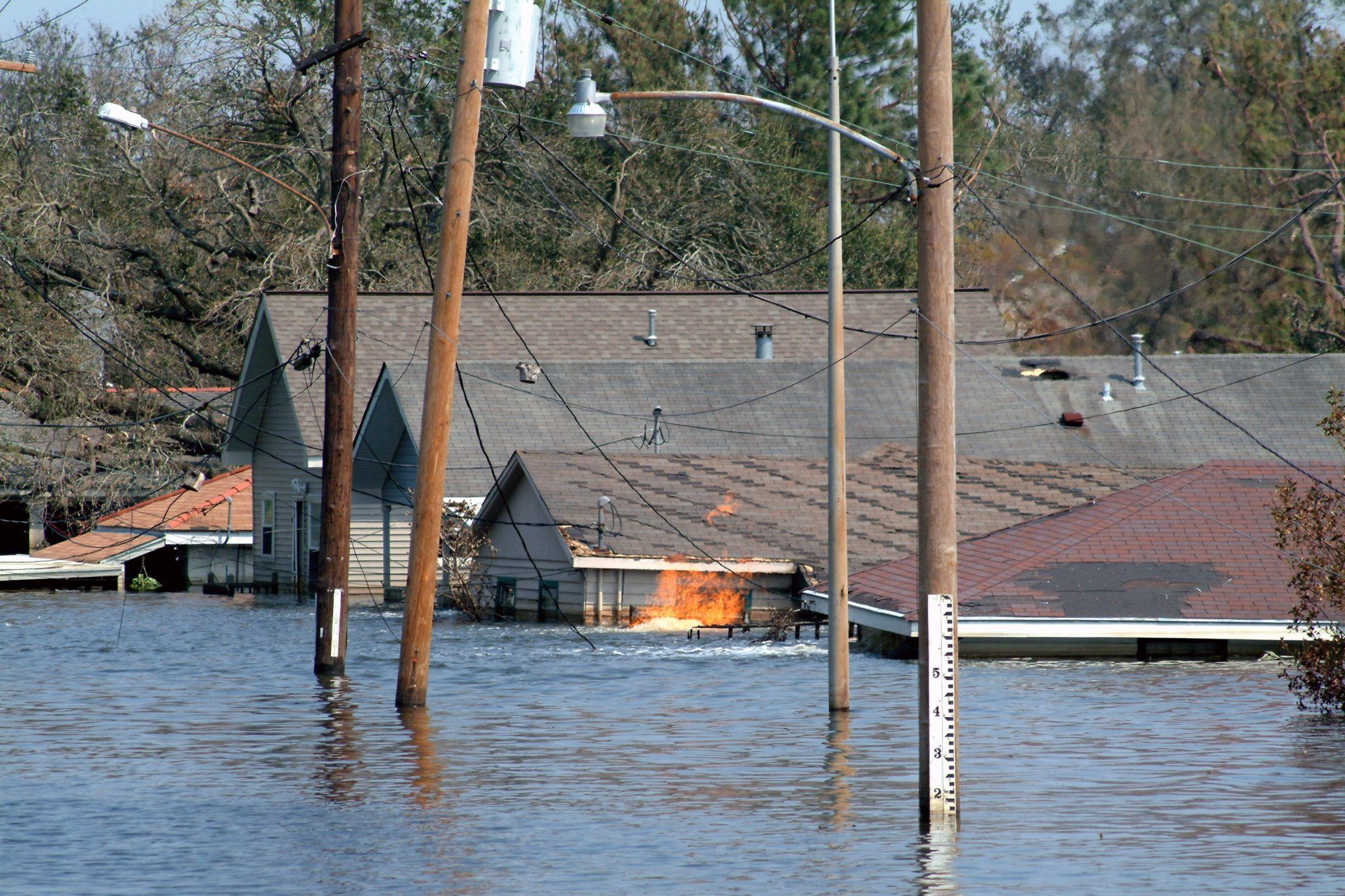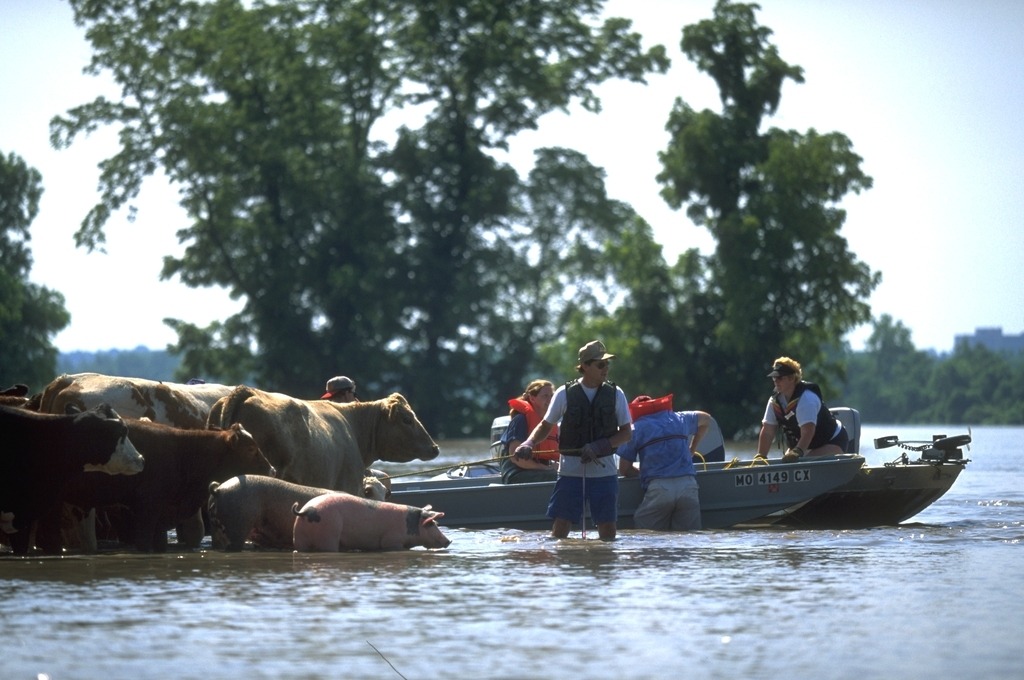In September of 2014, a slowly moving area of thunderstorms brought heavy rain and flash flooding to the Austin, Texas area. The storms forced multiple water rescues and cut off power to about 7,000 customers. Travis County Sheriff's Deputy Jessica Hollis was checking low water crossings around 2 a.m. when she used her radio to report that she was being swept away by the water.
Minutes after she radioed for help, her patrol car was found swamped by floodwaters.
Divers found her body later that day.

A 7-year veteran of her department, Hollis was a strong swimmer and member of the dive team, but could not compete with the fast-moving water.
At the same time, this was happening a short distance away:
Since 1990, over 54 law enforcement officers have drowned - more than one each year - while on duty. (Officer Down Memorial Page)
This course is intended to improve the life safety of police officers during a flood event by recognizing and reducing the risks associated with your unique role during a flood.
Important!
The first thing a police officer must know about flood water is that its force can be:
Powerful
Predictable
Relentless
So, What is Flooding?

Photo by USACE
Flooding typically occurs when one of the following conditions is present:
- When prolonged rain falls over several days
- When intense rain falls over a short period of time
- When an ice or debris jam causes a river or stream to overflow onto the surrounding area
- As a result of the failure of a water control structure, such as a levee or dam
- When water due to rain and/or snow-melt accumulates faster than soils can absorb it or rivers can carry it away
Flood versus Road
Watch this quick video of what can happen when a flash flood and a bridge collide.
What Other Problems are Created by Flooding?

FEMA/Andrea Booher
